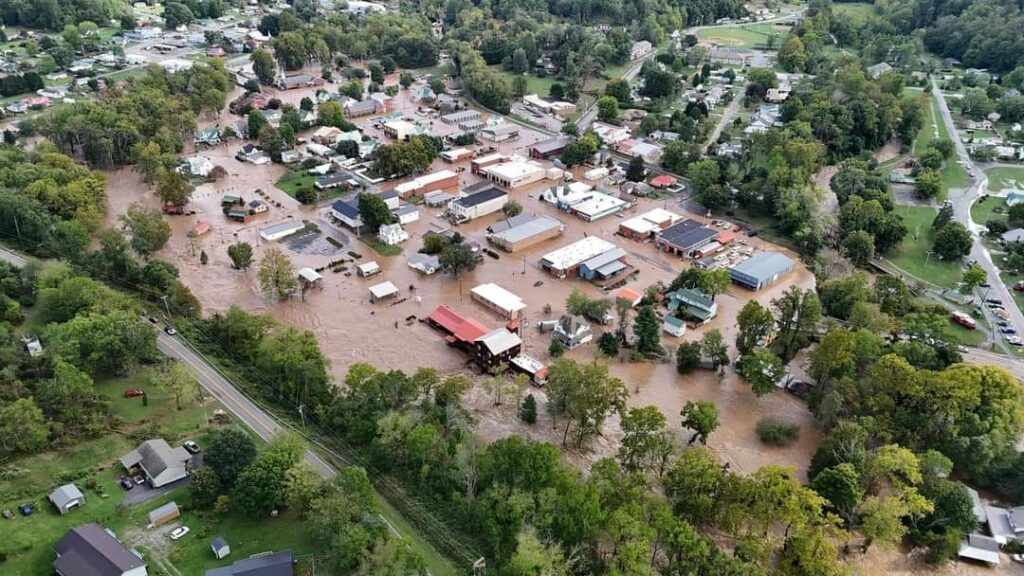Photo: Virginia Department of Emergency Management via Flickr
The FWD #219 • 488 Words
Natural disasters have immediate human costs— but there are longer-term costs too.
Property insurance is often one of those costs we think little about. It’s just another expense that needs paying when we buy a home or develop a multifamily building. But in recent years, property insurance premiums have been a growing concern for affordable housing. From 2020 to 2023, homeowners insurance premiums surged an average of 33% from $1,902 to $2,503.
Where were some of the highest increases? Unsurprisingly, they were in the riskiest places to live in the U.S. According to Professor Benjamin Keys of the Wharton School of the University of Pennsylvania, “Climate risk is being translated into the cost of living in risky areas.” Premium increases were 90% higher in Florida in 2023 when compared to 2018 costs.
The Bipartisan Policy Center highlighted the causes of these increasing premiums: “Losses from natural disasters are becoming more costly and frequent,” says their report from last June. From wildfires to hurricanes, there were 28 significant natural disasters just last year, each of which caused over $1 billion in damages. Some insurance companies have even decided to exit certain markets; climate risks have driven premiums so high that consumers are simply unable to pay.
Multifamily housing developers are also getting hit with high premiums. From 2020 to 2023, multifamily insurance rates increased an average of 12.5% annually. For affordable housing, the rate of increase ranged from 10% to 40% year-over-year during that same time. While market-rate landlords can simply raise rents to compensate for those cost increases, many affordable housing providers can’t do that because of funding restrictions.
A survey of 418 affordable housing providers indicated that they are largely taking on higher insurance deductibles (67%) or cutting operating expenses (64%) to manage higher premiums. For non-profit affordable housing developers, these cost increases can pose significant risk to operations that are already overstretched. But issues in the insurance market are already getting worse.
Insurance companies are leveraging technology to make coverage decisions. A recent “Make Me Smart” episode highlighted the use of drone technology by companies to assess properties for risk. The end results of this advancement are major premiums increases, or worse yet, dropped coverage. And in some instances, the images being collected for these assessments are several years old.
As we continue to face the effects of climate change, how can we build more resilient housing that is also affordable? Earlier this year, the Urban Institute released “Preserving, Protecting, and Building Climate-Resilient Affordable Housing.” It takes a holistic approach that addresses four main pillars: 1) Policy and Finance, 2) Neighborhood and Community Infrastructure, 3) Housing Stock, and 4) People and Social Capital.
With coastal areas of Virginia already facing the challenges of climate change, Virginia has already taken steps to address resiliency. But how can we go further to prevent outside factors like the home insurance market from leaving Virginians at risk and cost burdened?
